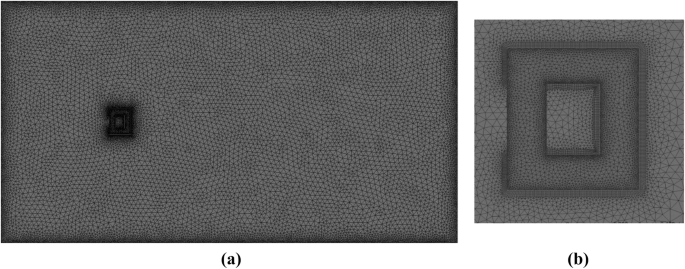

In tall buildings, however, both cladding loads and the dynamics of the structure become a concern. Extreme winds may cause damage to low-rise buildings in the form of windows damage, roof loss, or even complete collapse of wooden structures. While low and moderate winds are beneficial for pollution dispersion and electric power generation, strong and extreme wind events can cause devastating effects on the infrastructure. Wind can be low, moderate, strong, and extremely destructive. The methodology presented can be followed to help decision makers to choose among innovative solutions like aerodynamic mitigation, structural member size adjustment, and/or damping enhancement, with an objective to improve the resiliency and the serviceability of buildings. In addition, the paper presents a detailed analysis to investigate the influence of upstream terrain conditions, wind direction angle (orientation), and the interference effect from the surrounding on the response of high-rise buildings. The purpose of this study is to investigate the role of turbulence in the response of tall buildings to extreme winds. While these methods are effective for small structures, the extension of the approach for large and flexible structures is not possible yet. The author proposed techniques for the testing of residential buildings and architectural features in flows that lack fully developed turbulence. However, the generation of a fully developed turbulence in these facilities is challenging. Recent advancements in wind engineering have led to the construction of new facilities for testing residential homes at relatively high Reynolds numbers. Atmospheric turbulence results from the vertical movement of air, together with flow disturbances around surface obstacles which make low- and moderate-level winds extremely irregular.


 0 kommentar(er)
0 kommentar(er)
